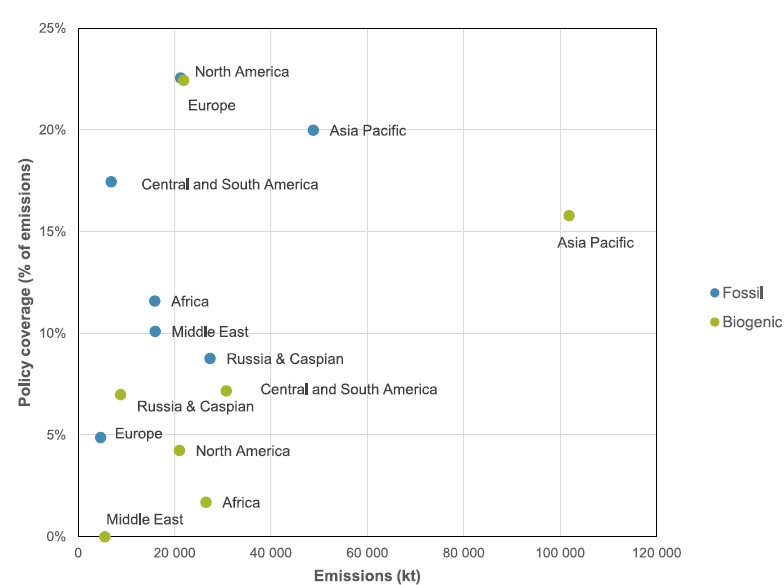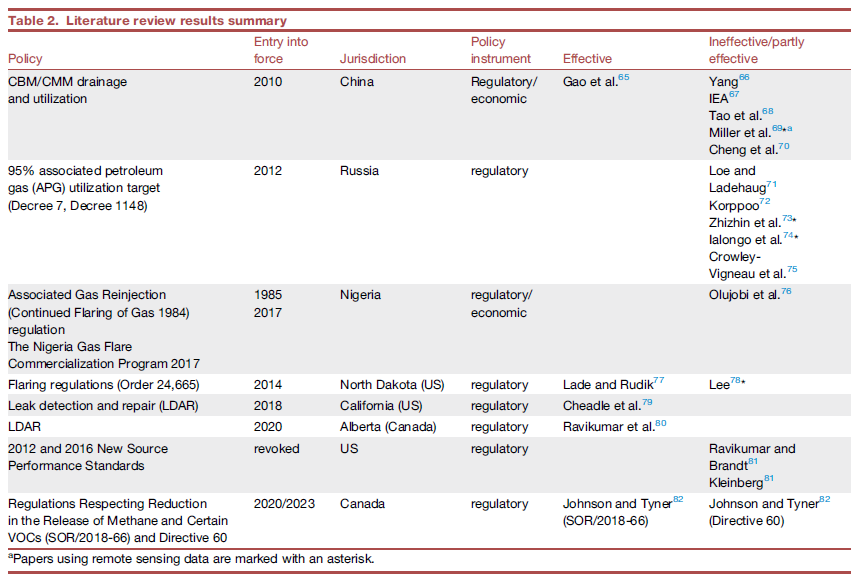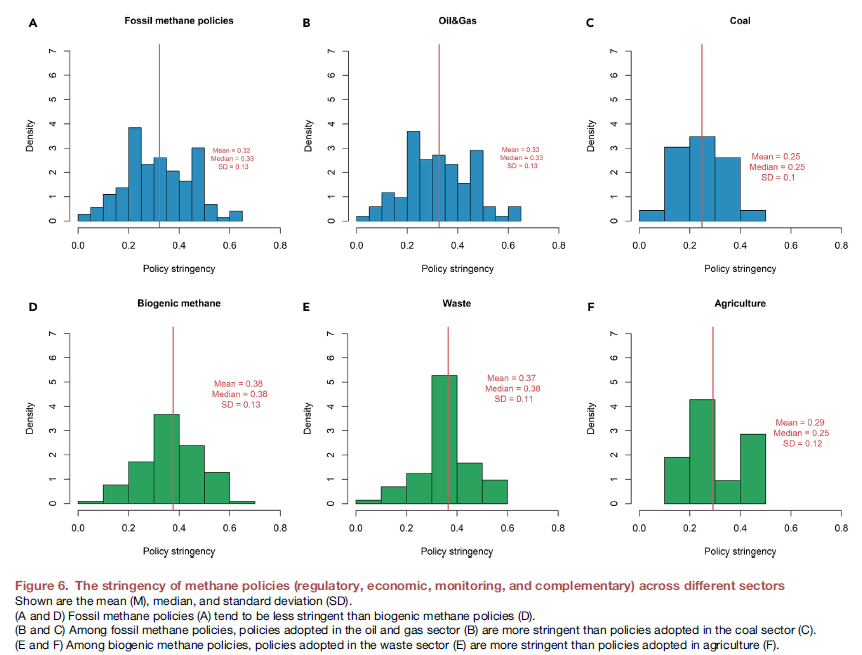
Maria Olczak 🇺🇦
@mar_olczak
Methane policy-tech nexus @OxfordEnergy @EnvDefenseEuro @QMULSEMS Formerly @EUI_FSR @coenatolin alumna. Views are my own, RTs not endorsements.
16-09-2017 14:28:05
1,3K Tweets
720 Followers
685 Following











13/n Hopefully, thanks to the growing research in this area and int'l initiatives such as the Global Methane Pledge (GMP), more countries will look at CH4 mitigation as a way to enhance climate pledges under the #ParisAgreement , following the #COP28UAE and the #GlobalStocktake



